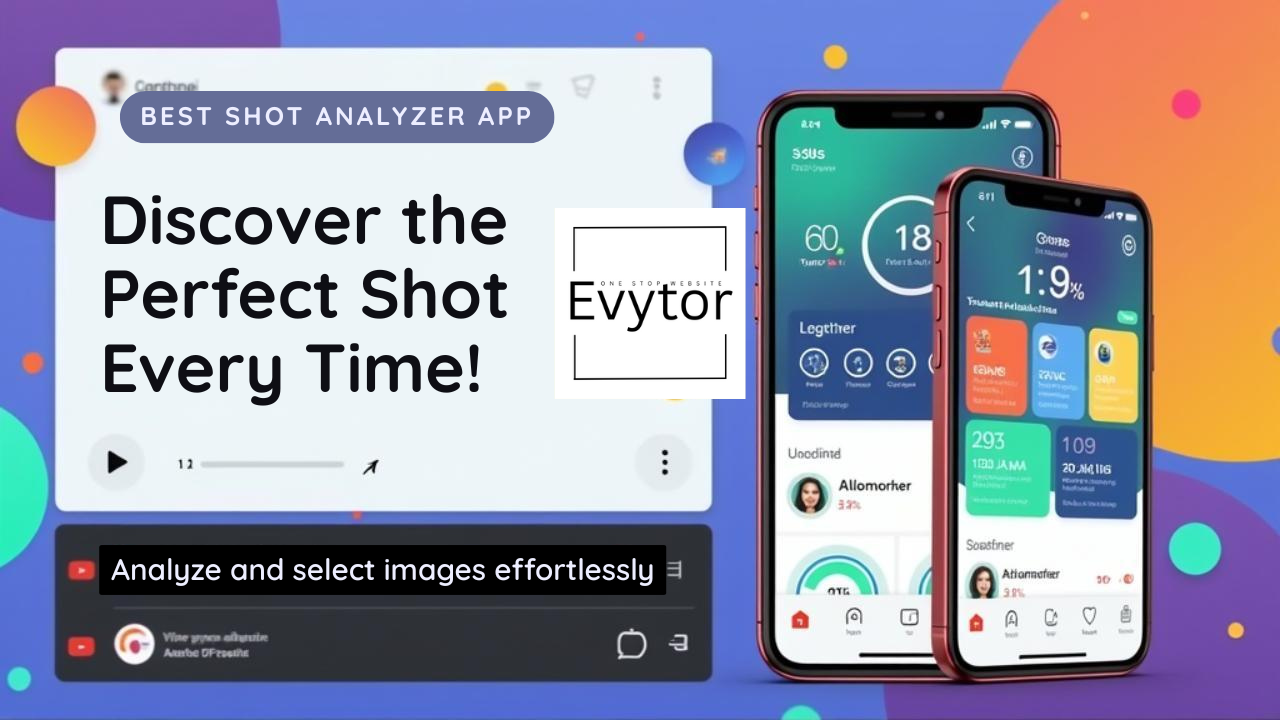Growing Your Own Food: A Guide to Urban Gardening
Growing Your Own Food: A Guide to Urban Gardening
Living in the city doesn't mean you have to sacrifice the incredible experience of growing your own food! Urban gardening has exploded in popularity, and for good reason. It's a fantastic way to connect with nature, reduce your carbon footprint, enjoy super-fresh produce, and even boost your well-being. Whether you have a tiny balcony, a sunny windowsill, or a shared rooftop, there's a way to cultivate delicious herbs, vegetables, and fruits right in your urban oasis. Ready to turn that concrete jungle into an edible landscape? Let's dig in! 🥕
Why Embrace Urban Gardening?
Beyond the simple pleasure of eating something you grew yourself, urban gardening offers a wealth of benefits:
- Freshness & Flavor: Produce harvested minutes before it hits your plate is *unbeatable* in taste and nutritional value.
- Reduced Food Miles: Growing locally (as in, on your windowsill!) dramatically cuts down on transportation emissions. It's a direct contribution to sustainable living. ✅
- Cost Savings: While there's an initial setup cost, growing your own can significantly reduce your grocery bill over time.
- Stress Relief & Mental Wellness: Gardening is a therapeutic activity. Tending to plants provides a calming escape and a sense of accomplishment. 🌱
- Educational Fun: It's a great way for individuals and families, especially kids, to learn about where food comes from.
- Community Building: Rooftop or community gardens foster connections with neighbors who share your passion.
Finding & Preparing Your Space
Don't think you need a sprawling backyard. Urban gardening is all about optimizing limited space. Consider these options:
- Balconies: Excellent for pots, vertical gardens, and hanging baskets.
- Windowsills: Perfect for herbs and small greens that need lots of light.
- Rooftops: Can accommodate larger container gardens or raised beds (check building regulations and structural load!).
- Patios/Courtyards: Offer more flexibility for various container sizes and types.
- Community Gardens: Renting a plot gives you dedicated space and access to shared resources and knowledge.
- Indoors: With grow lights, you can cultivate many plants year-round, even in windowless rooms. 💡
Once you've identified your spot, assess the sunlight it receives throughout the day. Most vegetables need at least 6-8 hours of direct sun, while leafy greens and herbs can tolerate partial shade (4-6 hours). Clean the area and prepare it for containers.
Choosing Your Plants Wisely
Start small and pick plants that are well-suited for containers and your specific climate and light conditions. Some beginner-friendly options include:
- Herbs: Basil, mint, parsley, chives, thyme, rosemary – they thrive in pots and are used frequently in cooking.
- Leafy Greens: Lettuce, spinach, kale, arugula, swiss chard are relatively fast-growing and don't need deep roots.
- Bush Varieties: Look for compact or bush varieties of tomatoes, cucumbers, zucchini, and beans designed for containers. 🍅🥒
- Root Vegetables: Carrots, radishes, and beets can be grown in deeper containers.
- Strawberries: Perfect for hanging baskets or tiered planters. 🍓
Consider the yield you want and the space required for each plant.
Container & Soil Essentials
Choosing the right container is crucial. It needs drainage holes! Options include:
- Terracotta pots
- Plastic pots
- Fabric grow bags
- Recycled containers (buckets, crates - ensure they are food-safe and have drainage)
- Window boxes
- Vertical planters
The size of the container should match the plant's needs – root vegetables need depth, while herbs can manage in smaller pots. For soil, *don't* use garden soil from the ground; it compacts easily in containers. Use a high-quality potting mix. This specialized blend provides good drainage, aeration, and holds moisture and nutrients effectively. You can also enrich it with compost for extra goodness.
Watering & Feeding Your Urban Garden
Container plants dry out much faster than those in the ground. Consistent watering is key, but avoid overwatering, which can lead to root rot. Check the soil moisture by sticking your finger about an inch deep. If it feels dry, it's time to water. Water thoroughly until water drains from the bottom. The frequency will depend on temperature, humidity, wind, container material, and plant size. 💧
Container plants also need regular feeding as nutrients leach out over time. Use a balanced liquid fertilizer every 2-4 weeks, following the product instructions. Organic options like compost tea are also great.
Dealing with Pests & Diseases Naturally
Insects and diseases can still find your urban garden. The best defense is a healthy plant! Good air circulation and proper watering help prevent many issues. Regularly inspect your plants for signs of trouble. 🐞
For common pests like aphids or spider mites, try these natural methods:
- Spraying plants with a strong jet of water.
- Using insecticidal soap or neem oil (follow instructions carefully).
- Introducing beneficial insects like ladybugs.
- Manually removing pests.
Identifying the problem early makes it much easier to manage.
The Joy of Harvest
This is the moment you've waited for! Harvest your produce when it's ripe for the best flavor and to encourage the plant to produce more. Harvesting herbs regularly keeps them bushy. Pick leafy greens from the outer leaves to allow the center to continue growing. Enjoy the fruits (and vegetables!) of your labor! 🧺
Going Further: Advanced Tips & Tech
Ready to level up your urban gardening game? Here are some ideas:
- Vertical Gardening: Maximize space with vertical planters or trellises for climbing plants like peas, beans, or cucumbers.
- Hydroponics/Aquaponics: Explore soil-less growing systems. Compact hydroponic units are available for kitchen counters, ideal for greens and herbs. This ties into emerging tech!
- Composting: Even in a small space, you can compost kitchen scraps using worm bins (vermicomposting) or small, odor-controlled systems. It's a fantastic way to create free, nutrient-rich soil amendment and close the loop on waste – highly sustainable! ♻️
- Smart Gardening Tech: Consider using moisture meters or even app-controlled smart planters that monitor soil conditions and automate watering, especially useful if you travel or work remotely and can't check on plants daily. 📱
- Seed Saving: Learn to save seeds from open-pollinated varieties to become more self-sufficient.
- Connect: Join online forums, local gardening groups, or attend workshops to share knowledge and get tips from experienced urban gardeners.
Start Your Urban Garden Adventure Today!
Growing your own food in the city is an incredibly rewarding journey. It connects you more deeply to your food, promotes sustainable practices, and adds beauty and tranquility to your urban environment. It doesn't require a lot of space or expertise to begin, just a little planning, care, and enthusiasm. So grab a pot, some soil, and seeds, and start planting. You'll be amazed at what you can grow. What delicious plant will you try cultivating first in your urban space? Let us know! 👇




